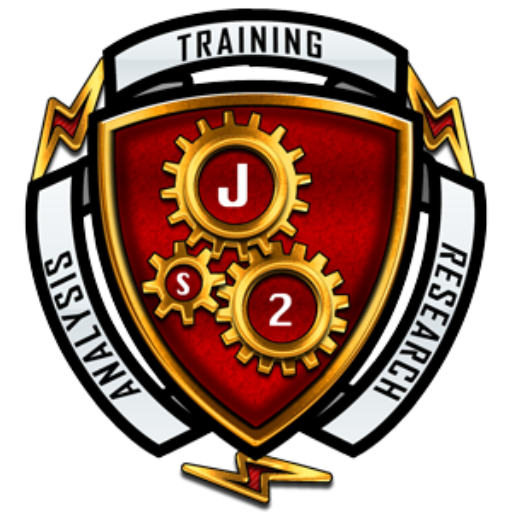Throughout communicating and interacting with others we often fail to think about the process involved. Conversations often wander astray and end up going in a more circular pattern without reaching any sort of “conclusion,” for lack of a better term. This becomes particularly problematic when planning, conducting meetings, presenting ideas to others, interviewing, or negotiating.
There is an actual process to ensure these kinds of purposeful conversations go as planned in which one remembers to communicate with intent, or use smart talk. That process is depicted below.

What is Smart Talk?
Smart talk is the process of conducting a conversation using a standard procedure that incorporates three specific parts. The first step is to establish a conversation guideline. Whether your conversation is more formal or informal will determine whether you write your guideline out or make a mental note. The second step had four parts in which you listen, think, feel and plan actively during the conversation. The third and final step is to say and/or do something based on the process in the second step.
The Guideline
Creating a guideline is simple. First establish context. Know the background, personality traits and interests of the person you will speak to. Also establish the environment and kind of conversation that will take place. For example, if you’re conducting an interview will the interview take place in your office or a conference room? Should you set the tone of the interview as more casual or formal? The answers will depend upon your goal, which is the next part of the guideline.
The second part of your guideline is the goal. What do you want to accomplish through this conversation? Are you trying to make plans? Decide on the right candidate for an employment opportunity? Or are you attempting to make a large sale to a potential customer? This is your end-game, the part that will signal the end of your conversational efforts.
The third part of the guideline are the interim goals that will help you reach your ultimate goal. These vary based on the goal at hand, but an example could be that you need to know the kind of worker and type of leader a potential employee is before you establish whether or not they are a viable candidate.
Listen, Think, Feel and Plan
Throughout your conversation always listen intensely, but also observe the body language and sense what the other person is feeling. What are they saying verbally and nonverbally?
Next, think about what this information could mean. Develop alternate hypotheses so you do not risk jumping to conclusions. For example, either that shift in the seat meant the other person was lying or they were uncomfortable with the question.
Then establish how they feel about the conversation and plan what you will do or say next to move you toward your goal based on the listening, thinking and feeling components you just executed.
Saying and Doing
Saying and doing something is an action intended to move you toward your desired goal. Techniques include:
- Rapport Building
- Questioning
- Elicitation
- Influence
- Negotiation
Repeat
Continue with this cycle until your conversation leads you to your goal. Essentially you will repeat this process several time to reach interim objectives until you have achieved the overall result you were looking for.
Even Stan from American Dad uses smart talk.
Leave us a comment if you have any input on this topic or if you would like to ask a question about this information.
For more information, please see our list of services and areas of expertise. If you would like to set up an Intelligent Communication training with JS2 Application Development, please contact us directly.
[grwebform url=”https://app.getresponse.com/view_webform_v2.js?u=BJ6Mm&webforms_id=6020503″ css=”on” center=”off” center_margin=”200″/]










